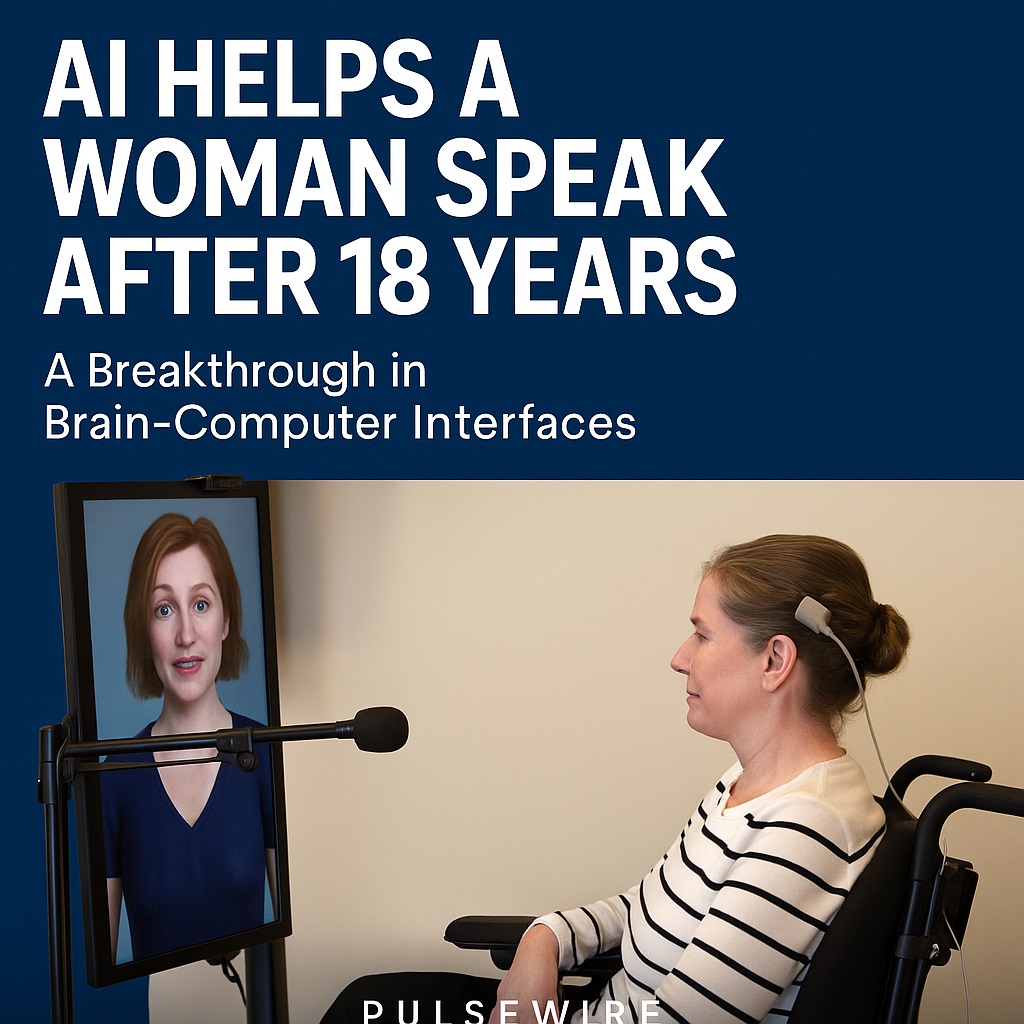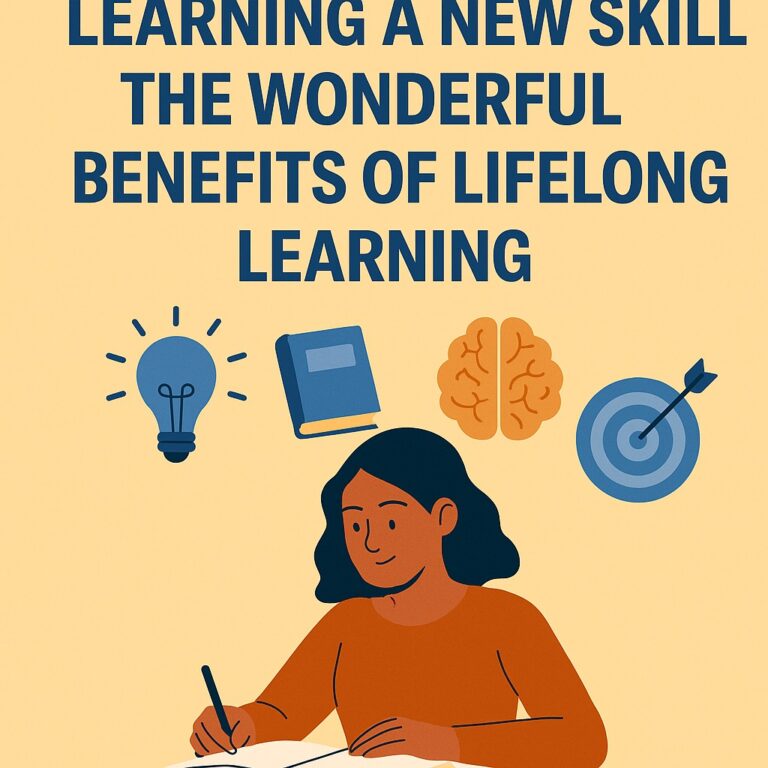
Introduction
Imagine spending nearly two decades unable to speak—trapped inside your own mind. For Ann Johnson, this was reality after a devastating stroke at age 30. But a pioneering collaboration between UCSF and Berkeley used a brain implant and AI-powered avatar to finally restore her voice and expressions, offering hope to sufferers of paralysis, ALS, and locked‑in syndrome.
🧠 How It Works: A Brain Implant That Reads Thoughts
Researchers implanted a thin grid of 253 electrodes on Ann’s brain surface, over speech-related regions. As she attempted to silently speak sentences, the array captured neural signals associated with speech intent. These signals were streamed to a computer where a deep-learning model decoded them into words—and even facial movements—fed into a digital avatar for real-time communication.
- Speed: ~80 words per minute—far faster than her previous rate of 14 words/min via eye-tracking
- Latency: Near-natural performance with ~80 ms delay between thought and speech
UCSF neurosurgeon Dr. Edward Chang called it a breakthrough that “brings us much closer to making this a real solution for patients.”
🗣️ More Than Words: Facial Expression via Avatar
This isn’t just text-to-speech—Ann’s avatar displays facial movements matching her intended emotion. It simulates how her own mouth and face would move during real speech, creating a more natural and humanized connection.
❤️ Ann’s Journey: A Powerful Human Story
After suffering a brainstem stroke in 2005, Ann lost all voluntary muscle control—including speech and breathing—for years. She later regained minimal facial expression, but speaking remained impossible.
In 2022, after joining a clinical trial, she finally heard her voice—and conveyed her emotions—after an 18-year silence. When she spoke to her husband via the avatar, she said:
“Anything is possible.”
🌍 What This Means for the Future of BCIs
This advancement represents a major leap toward restoring natural speech. It holds promise for those with paralysis, ALS, locked‑in syndrome, and other conditions that sever the pathway between thought and voice.
Ethical & practical considerations:
- Safety: Requires neurosurgery and long-term implant monitoring
- Privacy: Brain data must be securely handled
- Accessibility: Further research needed to make it viable worldwide
As AI and neural interfaces advance, this could pave the way for wireless, customizable neuroprostheses—giving voice back to thousands.
Final Thoughts: A New Era in Communication
This milestone goes beyond restoring speech—it’s about rekindling identity and autonomy. What was once science fiction is becoming reality, thanks to BCI breakthroughs from institutions like UCSF and Berkeley. For Ann—and many more—technology has rewritten what’s possible.
📣 Follow Pulsewire for updates on AI-driven healthcare advancements and life-changing innovations. Your voice matters—now more than ever.
Author: The Pulsewire Team
Published Date: June 26, 2025
Category: Technology, Healthcare, Future & Ideas, Smart Living









